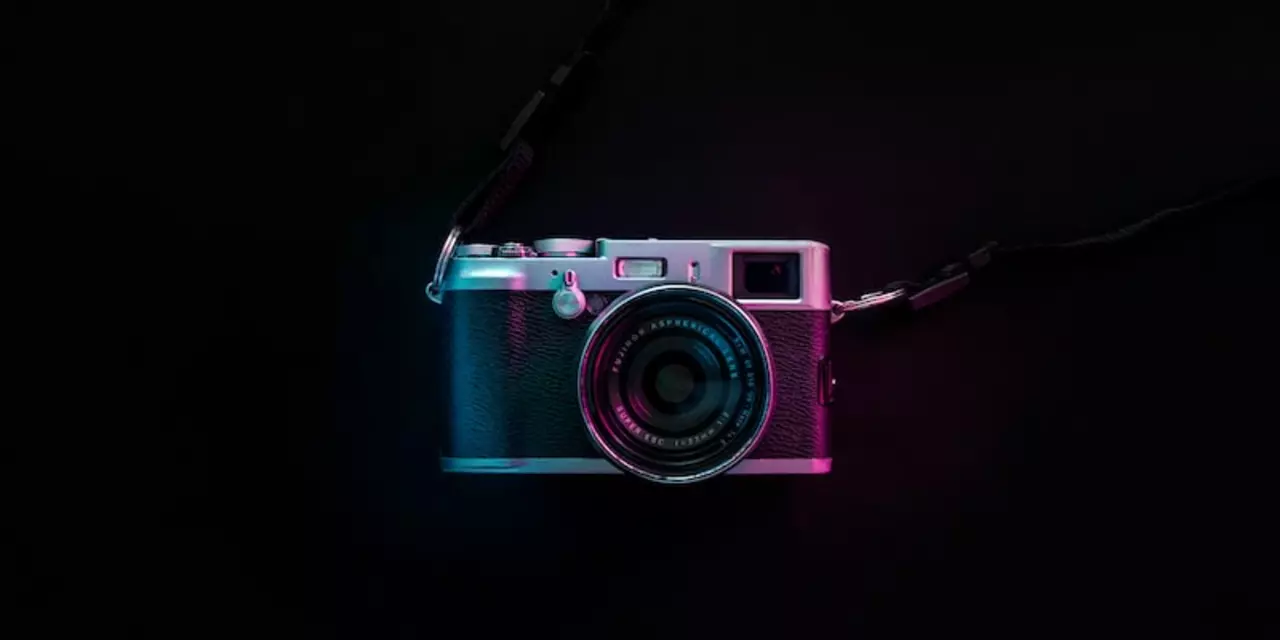Night Mode: What It Is and Why You’ll Want It
Ever stare at a bright screen late at night and feel the sting in your eyes? That’s where night mode, also called dark theme, steps in. It swaps the usual white background for darker colors, making the display gentler on your eyes when the lights are low. Besides comfort, many users notice that their phones and laptops last longer on a charge because dark pixels use less power on OLED screens. If you haven’t tried it yet, you’re probably missing out on a simple tweak that can improve your daily tech use.
Benefits of Night Mode
First up, eye strain drops dramatically. Bright whites force your pupils to contract, especially in dim rooms, and that can lead to headaches after a while. Dark backgrounds let your eyes stay relaxed, so you can read or browse for longer without the usual fatigue. Second, night mode helps you stick to a healthier sleep cycle. Blue light from bright screens can trick your brain into thinking it’s still daytime, making it harder to fall asleep. Switching to a darker palette reduces that blue light exposure, signaling your body that it’s time to wind down.
Third, battery life gets a boost on devices with OLED or AMOLED screens. Those panels light up each pixel individually, so a black pixel uses almost no power. When you go full dark, the system saves energy without you doing anything extra. Lastly, many people simply enjoy the modern look. Dark themes give apps a sleek, minimalist vibe that feels fresh compared to the classic white layout.
How to Turn On Night Mode on Popular Platforms
Android phones: Open Settings, tap "Display," then look for "Dark theme" or "Night mode." Turn the toggle on, and many apps will follow suit. Some Android versions also let you schedule the theme to match sunset and sunrise automatically.
iPhone and iPad: Go to Settings > Display & Brightness, then select "Dark" under Appearance. You can also enable "Automatic" and choose the time range you prefer, so the device flips between light and dark on its own.
Windows 10/11 PCs: Click the Start button, then Settings > Personalization > Colors. Scroll to "Choose your color" and pick "Dark." There’s also an option to let Windows decide based on your wallpaper.
macOS: Open System Settings, click "Appearance," and select "Dark." You can set it to switch automatically at sunset if you like.
Web browsers: Chrome, Edge, and Firefox all have a dark mode setting in their appearance options. If the website you visit supports it, the page will automatically match the system theme.
Once you’ve turned on night mode, spend a night or two using it. You’ll likely notice less eye strain, a bit more battery juice, and a cleaner look across your favorite apps. If something still looks odd, most apps let you pick a custom color scheme, so you can fine‑tune the experience. Give dark theme a try—it’s a small change that packs a lot of benefits.

How good is the camera section of the Infinix Note 12 Pro?
The Infinix Note 12 Pro is a mid-range smartphone with an impressive camera section. It features a 64 MP quad-camera setup with a dedicated night mode and AI shot optimization, allowing users to take amazing shots in any lighting condition. Video recording is also supported, with the device being capable of capturing videos in 4K resolution at 30 fps. Additionally, the Infinix Note 12 Pro has a 16 MP selfie camera, which allows capturing great-looking selfies and video calls. Overall, the camera section of the Infinix Note 12 Pro is quite good for its price range and offers an excellent value for money.
- Sports (7)
- Legal News (2)
- Business (2)
- News and Media (1)
- Food Safety (1)
- Politics and Government (1)
- Travel and Food (1)
- Culture & Lifestyle (1)
- Politics & Government (1)
- Marketing (1)
-
Is Indian media biased?
27 Jan 2023 -
Asia Cup 2022: Full guide to teams, schedule, big moments, and how to watch
10 Sep 2025 -
Virat Kohli, Anushka Sharma Asked to Leave NZ Café – Jemimah Rodrigues Reveals
1 Oct 2025 -
Youth Arrested for Impersonating IAS Officer Tina Dabi to Steal Amazon Gift Cards
23 Nov 2025 -
Supreme Court to hear bail plea of activist Navlakha today?
13 Mar 2023
23.01.23
Aarav Chatterjee
0